
One of our agency directors tells the same story to every new starter in our company. It’s a simple story, but it does an effective job at quickly demonstrating the power of shopper marketing, and more importantly, the use of promotions.
He was working for a large fmcg in its marketing department, and circa 2012 he was part of a team working on a campaign for men’s razor brand Gillette. The campaign was enormous in scope and value, accounting for millions of spend in the UK alone. Most notably, it used the endorsement of three of the world’s highest-paid sports stars: Roger Federer, Tiger Woods and Thierry Henry. It was near-impossible to turn on a television, to ride public transport, or to walk down a high street without the three pairs of eyes in the Fusion campaign staring down at you. The campaign had all the right signs of what everyone expected to be a roaring success.
What Gillette didn’t know was that competitor brand Wilkinson Sword had too seen the campaign and was working on a clever strategy behind the scenes that would in effect derail it entirely. It arranged a front-of-store takeover of a leading grocer across the country, advertising the razor at a hefty 50% off.
Gillette had exponentially increased awareness and consideration, as well as driven category growth, but as soon as shoppers walked down their local high street, Wilkinson Sword was gleaming back at them at half the price of a Fusion (albeit with a razor-sharp margin). Federer proved useless in providing true value when faced with a similar razor for half the price. Needless to say, Gillette lost significant share at that retailer.
It’s a timely thought, given that Tesco recently announced it would be gradually moving away from promotions in store and towards an everyday low price strategy, even price-matching with discounter Aldi. It also raises the question: will other supermarkets and retailers follow suit? Before long, we may just find ourselves in a world of EDLP, and one in which heavy (or any) promotions are effectively defunct.
Can an everyday low pricing model really work for Tesco?
The current retail situation, whereby retailers and brands employ a high-frequency promotion strategy, disables much of the available scope for brand loyalty. How can a consumer be completely loyal to any particular brand when its direct competitor is on offer at half price? In a way, heavy promotions democratise the product landscape and enable a very average shopper to dip their toes into the luxury end of a product offering. Loyalty as a whole is largely non-existent when faced with a tempting price promotion.
Without the standard on/off, high/low promotions we’re so accustomed to seeing, brands would be forced to add genuine value back into products via differentiation, as consumers begin to pay for value-based attributes instead of going with whichever seems to be on offer. In a retail environment where pricing is consistently low, which way will shoppers lean? Will they care about brands? Of course they will – but advertisers will have to work far, far harder to convince a shopper their product is now worth paying more for. If a cereal brand now wants to ensure we won’t downgrade, it’s going to have to convince shoppers they’re doing a far better job than rivals with their product or brand – both, ideally. Comms at a BTL level may have to focus exclusively on genuine benefits instead of the standard generic claims we’re so used to seeing.
In a world without promotions, brand loyalty has its first true opportunity to shine at a shopper level. Coupons and discounts will succumb to reliability, quality and brilliant branding. In a consistent pricing environment, a shopper will very quickly familiarise themselves with which products can remain balanced on their scale of cost vs benefit. They’ll be able to look at the shelf and very quickly eliminate the products or brands that don’t accurately represent their price. Less often will we be so tempted to try new products or persuaded to buy the competitor. We’ll have our favourites, and we’ll stick to them.
EDLP could be a unique opportunity for brands and products to be put to the test. Will it be temporary? Only time will tell, but before EDLP hits the masses, make sure your brand is prepared. Ensuring you’re ready to prove and communicate exactly why your product is worth its price will be the only way to avoid a close shave.




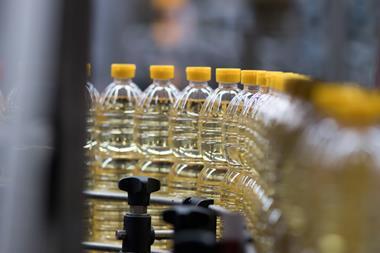
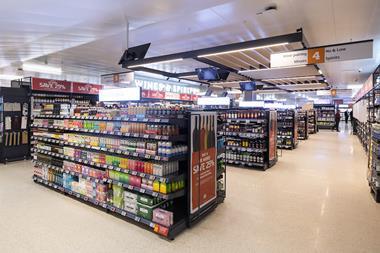
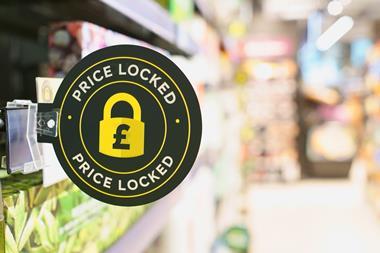




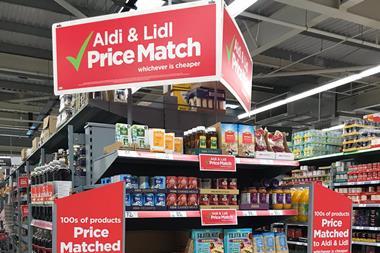
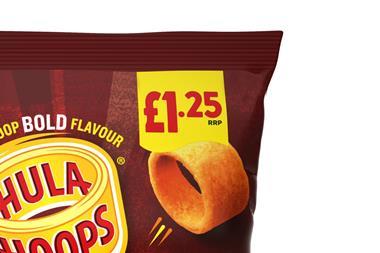
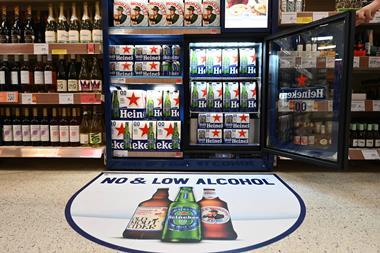

No comments yet